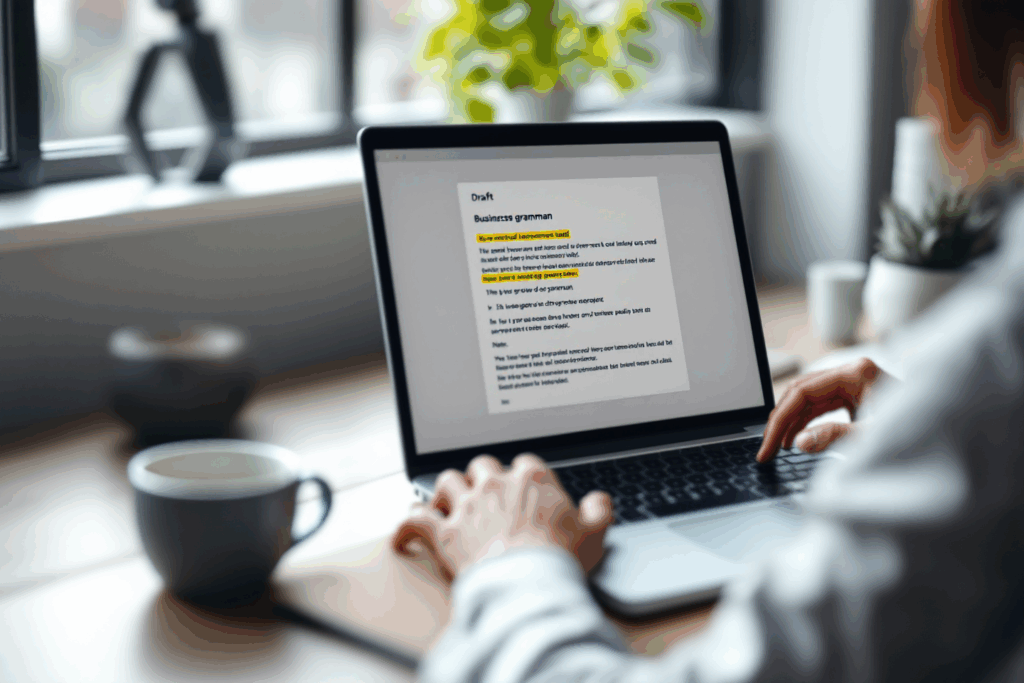
Present Simple Tense 1
English Blogs “Let’s Learn, Explore, and Connect to the World” Present Simple Tense 1 I. Introduction to the Present Simple Tense in English Mastering the


The Past Continuous tense is incredibly versatile in English grammar, serving multiple functions that allow speakers and writers to express nuanced aspects of past actions. Understanding these uses can significantly enhance narrative and descriptive skills. Here are the primary uses of the Past Continuous tense:
One of the fundamental uses of the Past Continuous is to describe actions that were ongoing at a specific time in the past. This use helps to create a picture of a moment frozen in time, highlighting the continuous nature of past activities.

Example: He was reading a novel when I saw him.
This sentence illustrates that at the moment in the past when the speaker saw him, the other person was engaged in the action of reading.
The Past Continuous is used to express two or more actions that were happening at the same time. These actions are usually independent of each other but occur simultaneously.

Example: She was cooking dinner while he was watching TV.
This example conveys that the actions of cooking and watching TV were occurring simultaneously, providing a fuller picture of the scene.
A very common use of the Past Continuous is to show that an ongoing action in the past was interrupted by another action. In these sentences, the Past Continuous describes the ongoing action, while the simple past is used for the action that caused the interruption.

Example: I was walking to the park when it started to rain.
The ongoing action of walking is interrupted by the sudden action of raining.
The Past Continuous is often used to set the scene in a narrative, describing the background situation or atmosphere before the main events of the story unfold.

Example: The wind was howling, and the waves were crashing against the shore as the ship began to sink.
This use of the Past Continuous helps to create a vivid setting and mood for the story.
Although less common, the Past Continuous can be used to describe past habits, particularly when combined with expressions such as “always,” “often,” “usually,” or “constantly.” This usage often implies a sense of annoyance or criticism.

Example: He was always complaining about his job.
This sentence suggests that the person frequently complained in the past, possibly more than the speaker found reasonable or necessary.
The Past Continuous can denote actions or situations that were temporary or not typical in the past.

Example: She was working in London for a month last year.
This indicates that the action of working in London was a temporary situation.
Sometimes, the Past Continuous is used to show that an action or situation was in the process of changing or developing at a particular moment in the past.

Example: The company was growing rapidly when it decided to go public.
This sentence illustrates that the growth of the company was an ongoing process at the time of the decision.
Each of these uses showcases the flexibility and depth the Past Continuous adds to English narrative and descriptive language. By employing this tense appropriately, speakers and writers can convey a wide range of temporal relationships and nuances about past events, enhancing the clarity and richness of communication.
 In understanding these varied uses, it’s important to practice and apply the Past Continuous in different contexts, paying attention to the nuances each scenario presents. The correct use of this tense not only improves grammatical accuracy but also elevates the level of storytelling and description.
In understanding these varied uses, it’s important to practice and apply the Past Continuous in different contexts, paying attention to the nuances each scenario presents. The correct use of this tense not only improves grammatical accuracy but also elevates the level of storytelling and description.

English Blogs “Let’s Learn, Explore, and Connect to the World” Present Simple Tense 1 I. Introduction to the Present Simple Tense in English Mastering the

English Blogs “Let’s Learn, Explore, and Connect to the World” Present Simple Tense 2 II. Understanding the Present Simple Tense Definition and Structure At its
Discover the joy of conversation with “Comic Collections: A Compilation of Daily Professional and Casual Conversations,” a whimsically illustrated comic book that transforms talking into an adventure. Ideal for those eager to polish their chatting skills, this light-hearted guide is a trove of insights presented in a uniquely entertaining format.



